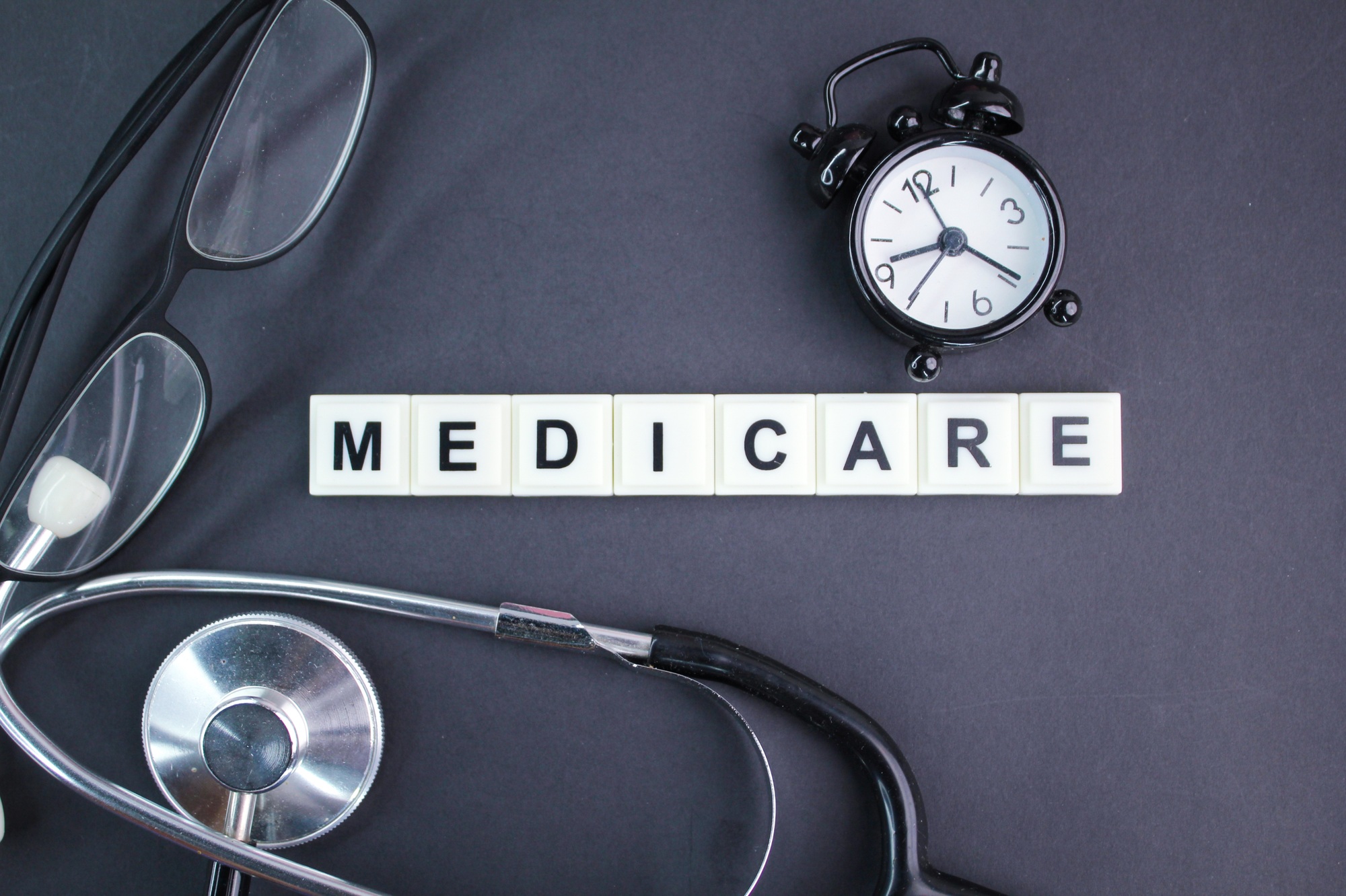Jesse Smedley
Jesse Smedley is the Principal Broker for iHealthBrokers and the founder, president, and CEO of Smedley Insurance Group, Inc. and iHealthBrokers.com. Since the inception of SIG in 2007, Jesse has been dedicated to helping people save money on their health insurance by providing them with resources to educate themselves on all their health insurance options, both under age 65 and Medicare beneficiaries. He is featured in many publications as well as writes regularly for expert columns regarding health insurance and Medicare.
- Jesse Smedleyhttps://ihealthbrokers.com/author/jsmedley/
- Jesse Smedleyhttps://ihealthbrokers.com/author/jsmedley/
- Jesse Smedleyhttps://ihealthbrokers.com/author/jsmedley/
- Jesse Smedleyhttps://ihealthbrokers.com/author/jsmedley/
Original Medicare really doesn’t cover prescription drugs. It’s currently estimated somewhere around 90% of senior citizens take prescription drugs. Additionally, well over 50% take more than four prescription drugs. So, if you’re in the majority, you may want to look into a separate Prescription Drug Plan. With Medicare, you have two main options: Medicare Part D & Medicare Advantage (Part C). If you choose to keep Original Medicare, possibly with a Supplement Plan, then Medicare Part D is your best option. If you are foregoing Original Medicare in favor of a Part C Plan, make sure that it includes prescription drug coverage. Not all plans do.
The Four Stages
Although Part D drug plans are offered by private insurance carriers, there are certain federal guidelines that each plan must meet. Companies can compete to offer better benefits. However, they must meet the minimum standards set by Medicare. All plans come with four stages:
Stage 1 Deductible
Stage 2 Initial Coverage
Stage 3 Coverage Gap or Donut Hole
Stage 4 Catastrophic Coverage
Stage 1: Deductible
Every year, Medicare sets a max deductible that any carrier can charge. For 2021, the max deductible is $445. Usually this max deductible increases every year to accommodate for inflation and rising health care costs. Individual carriers may choose to offer a lower deductible or waive it entirely, but it cannot exceed the max deductible as dictated by Medicare. Prior to meeting this deductible, you will be responsible for all prescription drug costs. So, if your prescription costs $75, you will pay the full $75 until you meet the deductible. Once you have done so, you will enter the initial coverage period.
Stage 2: Initial Coverage
Once you have met your deductible, you will enter the initial coverage stage. This is where your insurance “kicks in”. At this point, you will not be responsible for the entirety of the costs of your prescriptions, but simply a copay. The amount of the copay will depend on what tier drug it is. Generally speaking, there are 5 tiers of prescription drugs:
- Tier 1: Preferred Generic
- Tier 2: Non-Preferred Generic
- Tier 3: Preferred Brand
- Tier 4: Non-Preferred Brand
- Tier 5: Specialty Medication
As the tiers get higher, so do the copays. Medicare keeps track of the total drug costs including your copays and the amount Medicare contributes as it reaches the limit. In 2021 , that limit is $4130 (or less depending upon your carrier). Once you have reached the limit of stage 2 you enter stage 3: the coverage gap.
Stage 3: Coverage Gap
Stage 3 is sometimes referred to as the donut hole. This is where people tend to get confused! Once you have reached your coverage gap, your copays will change. Usually they increase from what you paid in your initial coverage period. Your copays will no longer be determined by the drug’s tier, but by the price of the drug itself. You will now be charged UP TO 25% of the cost of a drug.
If you believe you’ve been charged erroneously, call your broker. They can help walk you through the process or check for you. More often than not, you are in the donut hole. However, there is a limit to stage 3. If your prescription drug costs continue to mount and eventually reach $6550 (or less depending upon your carrier), you will reach stage 4: catastrophic coverage.
Stage 4: Catastrophic Coverage
Stage 4’s purpose is to ensure that you do not spend an exorbitant amount on prescription drugs on a yearly basis. Once you have reached stage 4, you will only pay up to 5% of any given drug’s cost (or $9.20 for a name brand and $3.70 for a generic). No more tiers and no more stages. This is, of course, the least expensive stage.
Enrollment
You can enroll in a Prescription Drug Plan during YOUR open enrollment period. Your open enrollment is the three months prior to, the month of, and the three months after your 65th birthday. You may also qualify for a special enrollment period. Perhaps, you are still working past 65 and have delayed medicare and are receiving coverage through an employer. The list for qualifying events for a special enrollment period for Medicare Part D is actually quite long. So, if you miss your individual open enrollment period, we recommend you contact a licensed broker for assistance.
If you do not enroll during either of these periods, you may enroll during the annual open enrollment period. The AEP is every year from October 15th to December 7th.
However, beware of late penalties. If you go for a period of more than 63 days without creditable prescription drug coverage you may be subject to a late penalty. When you do enroll you may be charged 1% per month without coverage X the national base beneficiary premium. This gets tacked onto your monthly premium forever.
You can view the available plans on Medicare.gov.
Cost Savings
There are ways to save money on PDP, such as the Extra Help program. Extra help may help you pay for your premiums or waive them entirely. It will also help limit your out of pocket costs when paying for a medication. However, there are income and asset criteria you must meet in order to be eligible.
If you’d like our assistance, you can reach us at iHealthBrokers at 888-410-0344 or schedule a call today! Our services are 100% FREE!










